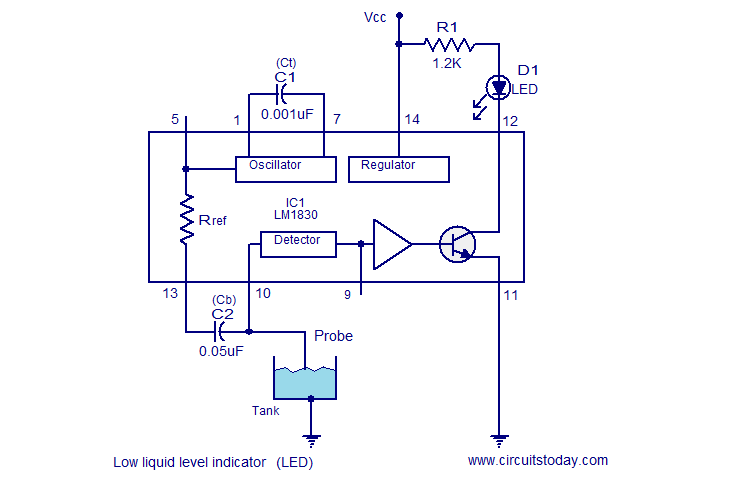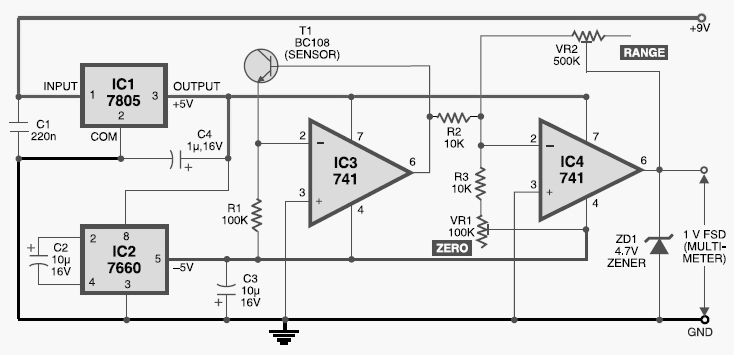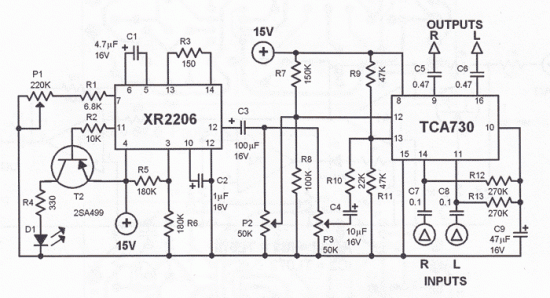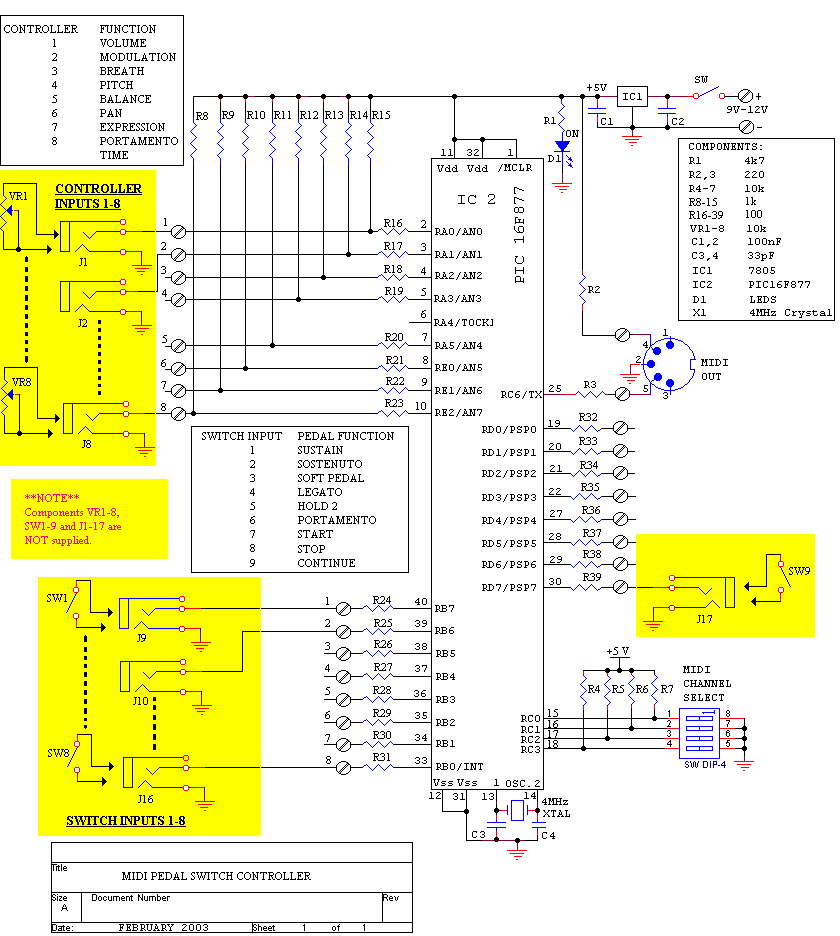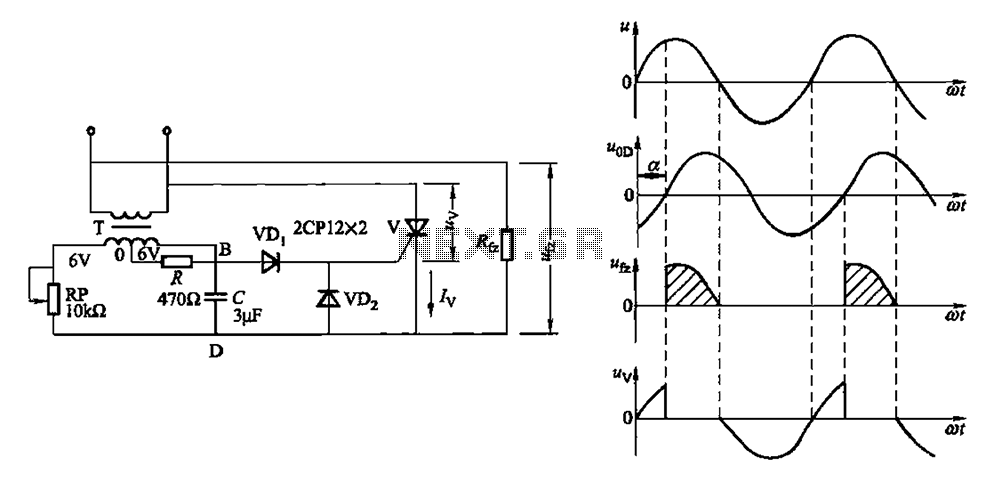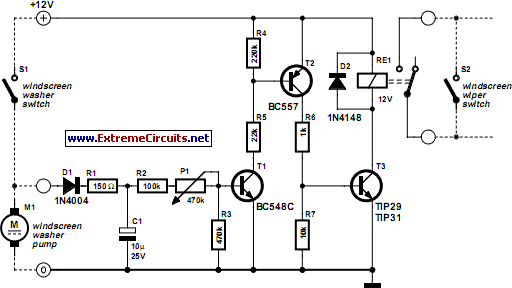
Touch delay switch circuit diagram CD4013 composed
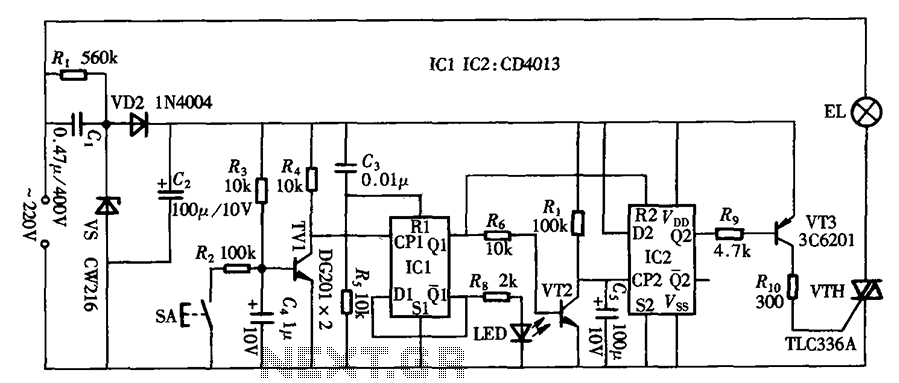
The circuit primarily utilizes a touch-delay switch composed of a pair of D flip-flops (CD4013). It can be employed in power switch applications for various machines. The delay switch can also function as a lighting control and features a power self-locking function, as illustrated in the accompanying figure.
The described circuit employs two D flip-flops from the CD4013 series, which are configured to create a touch-sensitive delay switch. This arrangement allows for the activation of a load, such as a light or machine, with a delay after the initial touch input. The first flip-flop is configured to capture the touch input, while the second flip-flop is utilized to determine the state of the output after the delay period.
The power self-locking function ensures that once the switch is activated, it remains in the 'on' state until it is intentionally reset. This is achieved by feeding back the output of the second flip-flop to the input of the first, creating a latch effect. The circuit can be designed to include additional components such as resistors and capacitors to set the timing for the delay period, allowing for customization based on application requirements.
In practical applications, this circuit can be beneficial for scenarios where a momentary touch is required to activate a device, such as in lighting systems, where the user may prefer a delay before the light turns on, or in machines where a delay is necessary for safe operation. The simplicity of the CD4013 D flip-flops allows for reliable performance in various electronic projects, making it a suitable choice for touch-delay switch designs. As shown mainly by the touch-delay switch one pair of D flip-flop CD4013 composed, it can be used in some machines power switch, delay switch is also used as lighting, it also has power self-locking function, circuit as shown in FIG.
The described circuit employs two D flip-flops from the CD4013 series, which are configured to create a touch-sensitive delay switch. This arrangement allows for the activation of a load, such as a light or machine, with a delay after the initial touch input. The first flip-flop is configured to capture the touch input, while the second flip-flop is utilized to determine the state of the output after the delay period.
The power self-locking function ensures that once the switch is activated, it remains in the 'on' state until it is intentionally reset. This is achieved by feeding back the output of the second flip-flop to the input of the first, creating a latch effect. The circuit can be designed to include additional components such as resistors and capacitors to set the timing for the delay period, allowing for customization based on application requirements.
In practical applications, this circuit can be beneficial for scenarios where a momentary touch is required to activate a device, such as in lighting systems, where the user may prefer a delay before the light turns on, or in machines where a delay is necessary for safe operation. The simplicity of the CD4013 D flip-flops allows for reliable performance in various electronic projects, making it a suitable choice for touch-delay switch designs. As shown mainly by the touch-delay switch one pair of D flip-flop CD4013 composed, it can be used in some machines power switch, delay switch is also used as lighting, it also has power self-locking function, circuit as shown in FIG.
